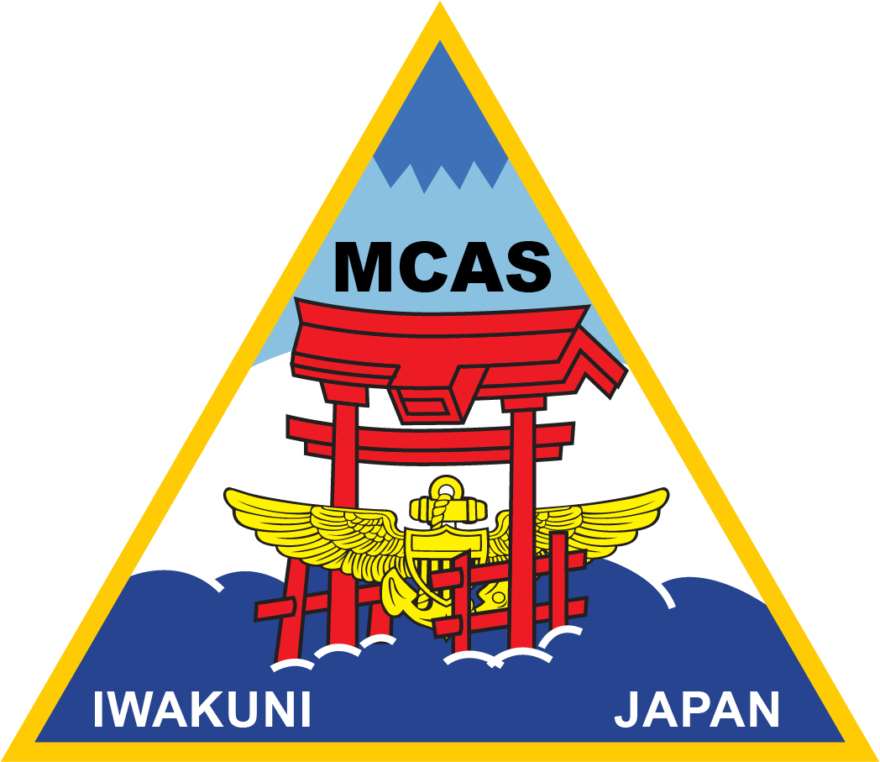Marine Corps Air Station Iwakuni, or MCAS Iwakuni, is a prominent United States Marine Corps air station located in Iwakuni, Japan. The station has a rich history that dates back to the early 20th century, with its roots intertwined with the changing landscape of Japan and the Pacific region. Over the decades, it has played a crucial role in U.S.-Japan relations, supporting military operations and serving as a symbol of the enduring alliance between the two nations.
The air station’s history began in 1938 when the Imperial Japanese Navy established a base in Iwakuni during the prelude to World War II. It served as a key operational site for the Japanese military during the war, playing a significant role in the defense of Japan. However, the base, like many others in Japan, was heavily damaged by Allied bombing raids in the closing years of the conflict.
Following Japan’s surrender in 1945, the air base fell under the control of the United States as part of the Allied occupation. The U.S. Army quickly took over the site, renaming it Iwakuni Air Base, and began the process of rebuilding the facilities. The base soon transitioned from a wartime asset to a peacetime hub for the American military presence in Japan.
In 1952, control of Iwakuni Air Base shifted from the U.S. Army to the U.S. Air Force. However, the most significant change came in 1958 when the United States Marine Corps took over the installation, renaming it Marine Corps Air Station Iwakuni. This shift reflected the evolving role of the base within the U.S. military structure, with the Marine Corps adopting a more prominent role in the region’s defense strategy.
MCAS Iwakuni quickly became a critical base for Marine Corps aviation operations in the Western Pacific. Its location on the southern coast of Japan’s Honshu Island provided strategic access to the broader Asia-Pacific region. The base supported various aircraft, including fighter jets, transport planes, and helicopters, allowing the Marine Corps to maintain a rapid response capability in the region.
During the Cold War, MCAS Iwakuni played a significant role in supporting U.S. military operations throughout the Pacific. It served as a key staging area for operations in Korea and Vietnam, with Marine Corps aircraft regularly deploying from Iwakuni to support combat missions and humanitarian efforts. The base’s importance grew as tensions rose between the United States and the Soviet Union, and its strategic location made it a vital component of the U.S. military’s deterrent posture in the region.
As the Cold War ended and global dynamics shifted, MCAS Iwakuni’s role continued to evolve. The base became a center for joint training exercises between the U.S. military and Japan’s Self-Defense Forces, reinforcing the alliance between the two nations. Additionally, it supported humanitarian missions and disaster relief efforts, demonstrating the versatility and adaptability of the Marine Corps’ presence in Japan.
In recent years, MCAS Iwakuni has undergone significant modernization and expansion to accommodate an increased U.S. military presence in the Asia-Pacific region. The base’s infrastructure has been upgraded to support a broader range of aircraft and personnel, including the arrival of the F-35B Lightning II, the latest generation of Marine Corps fighter jets. These enhancements reflect the ongoing commitment of the United States to maintaining a robust and flexible military presence in the region.
Beyond its military role, MCAS Iwakuni has also become an important part of the local community. The base collaborates with the city of Iwakuni and its residents on various cultural and community events, fostering mutual understanding and cooperation. This partnership underscores the enduring relationship between the U.S. military and the people of Japan, highlighting the positive impact that the base has on the local area.
Marine Corps Air Station Iwakuni has a storied history that reflects the broader narrative of U.S.-Japan relations and the evolving dynamics of the Asia-Pacific region. From its early days as an Imperial Japanese Navy base to its current role as a modern Marine Corps air station, Iwakuni has been at the forefront of military operations, international diplomacy, and community engagement. As it continues to evolve and adapt, the base remains a vital part of the U.S. military’s strategy in the Pacific, a testament to the enduring partnership between the United States and Japan.

 Our legacy lives through the stories we tell. The Suck Life wants yours! Make Chesty proud!
Our legacy lives through the stories we tell. The Suck Life wants yours! Make Chesty proud!



 Semper Fidelis
Semper Fidelis



